Stretching on an area of 12,500 hectares, Hon Cau Marine Protected Area is surrounded by thousands of cliff blocks of different colors and shapes. The cliffs arrange in clusters or stand severally, making them as a man-made water-colour painting. Neglected beaches with white, smooth sand, along with the cliffs bring tourists a tranquil feeling when diving into the blue and clean water. The rich marine ecosystem in Hon Cau has all specific characteristics of a tropical marine region, as follows: variety of multiple-colour coral, seagrass beds, valuable and rare marine organisms and so on. Many tourists are eager to come to Hon Cau to discover the pristine beauty of sea creatures under the water. Besides, “Cau Ngu festival” is annually celebrated here by local fishermen in the fourth lunar month. This is a traditional festival with the participation of the residents and visitors coming to learn about cultural features of fishing villages.
Watching video
The most typical characteristic of Hon Cau comes from a complex of primitive corals stretching over 2 kilometers with nearly 234 coral species. It would be great if tourists dive about 4-5 meters deeply into the water. They will see a colourful image created by coral reefs in the shimmering light refracted with the blue water. The corals also offer abundant resources of marine products, including lobster. Experienced fishermen believe that the sea currents in the north and northeast of Hon Cau, where coral reefs develop are the spawning ground for three types of lobster. According to survey, the waters surrounding Hon Cau island are the home of valuable and rare marine creatures, including 34 aquatic animals and plants listed as species in danger of extinction at several levels. Moreover, this location is also the breeding ground for sea turtles, hawksbill sea turtles and many fishes, bringing diversified aquatic resources to Hon Cau .
However, to get immediate benefits, a minority of fishers have indiscriminatelyused explosive and destructive fishing methods to catch fishes and exploit corals for crafts, diminishing the size of coral reefs and the vegetational cover, resulting in the loss of useful buffer of marine ecosystems and threatening the balance for marine ecosystem of Hon Cau Marine Protected Area. Currently, the managing board of Hon Cau Marine Protected Area has boosted marine conservation work with various activities deployed such as patrol, afforestation, setting up project of float dropping to mark the protected locations; sea turtle protection and conservation (sea turtles’ eggs have been collected and let hatchings, with the rate of hatched young turtle reaching 70 percent. As a result, few hundreds of hatchlings have been brought back to the marine environment). At the same time, the unit has also promptly prevented marine resources exploitation at forbidden ground, illegal trade and transport of corals. Therefore, the coral reefs and marine habitat in Hon Cau island have significant restored. Since the early June until now, about 10 sea turtles have reached the coast in Hon Cau island for nesting and they have been protected by the patrol team of Hon Cau Marine Protected Area.
Being established in September 2012, Hon Cau Marine Protected Area is one of 16 marine protected areas in Vietnam based on the approval of Prime Minister. This marine protected area’s aim is to maintain and preserve marine resources, biodiversity, protect the communities of marine creatures and ecological environment, develop ecological economics, keep the subsistence of local residents, manage and sustainably exploit the aquatic resources.
Thanks to ceaseless efforts of the managing board, marine resources of Hon CauMarine Protected Area, as well as seafood output in surrounding areas are expected to increase, contributing to developing the fishing trade, increasing income and job opportunity for the locals by means of marine ecotourism development.
Phuong Lan (Source: Binhthuanonline)


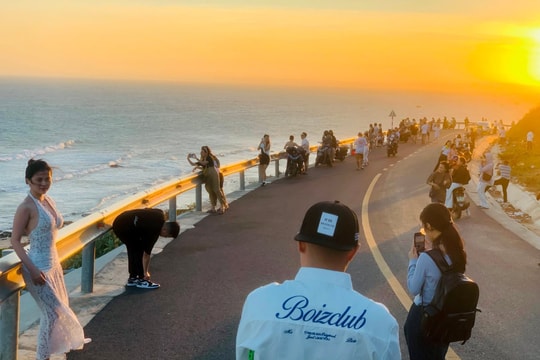
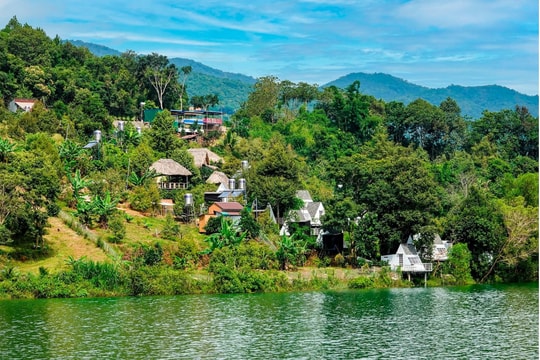
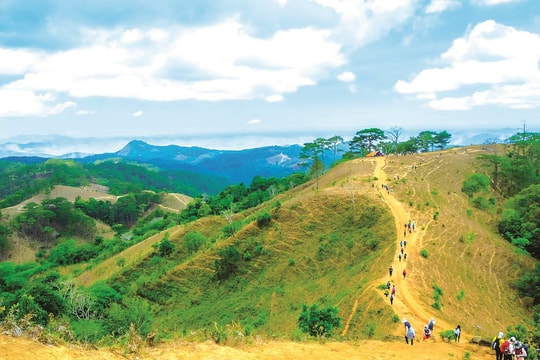
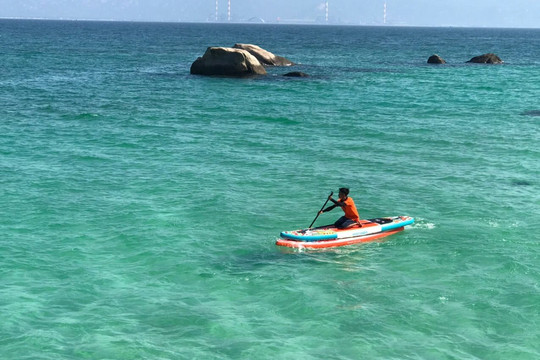
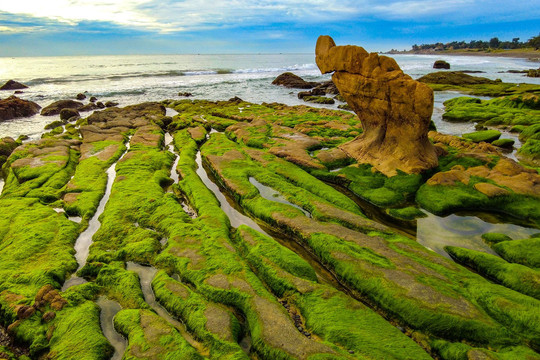













.jpg)





.jpeg)
.jpeg)


.jpeg)


